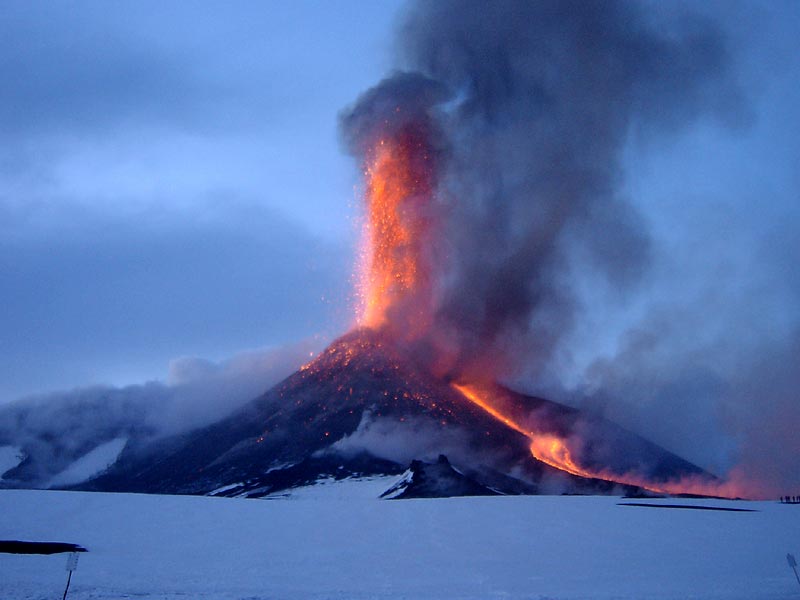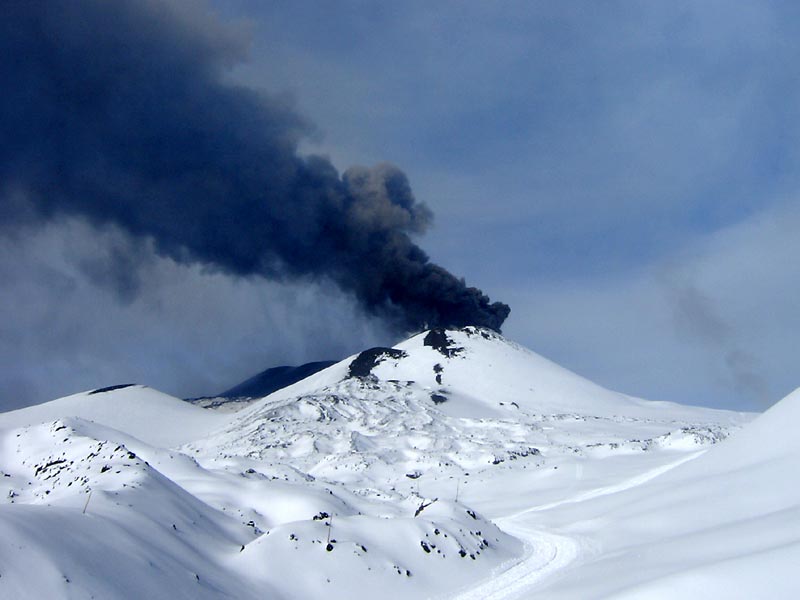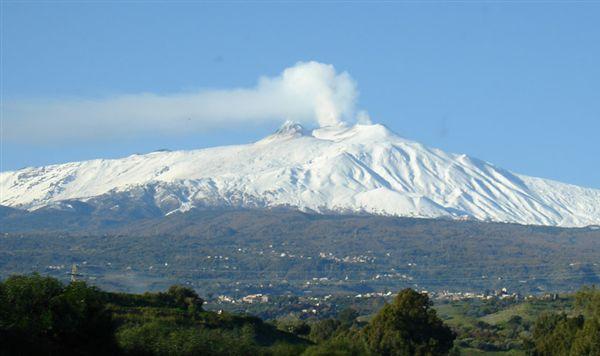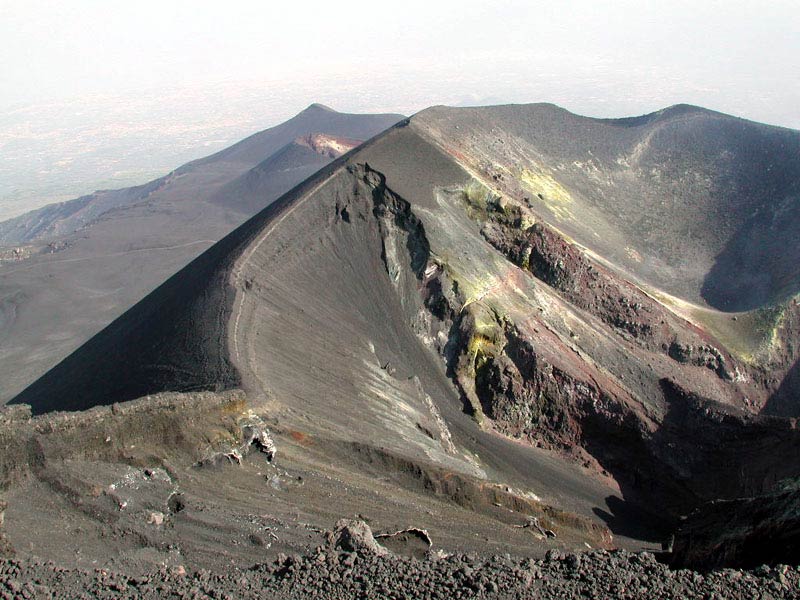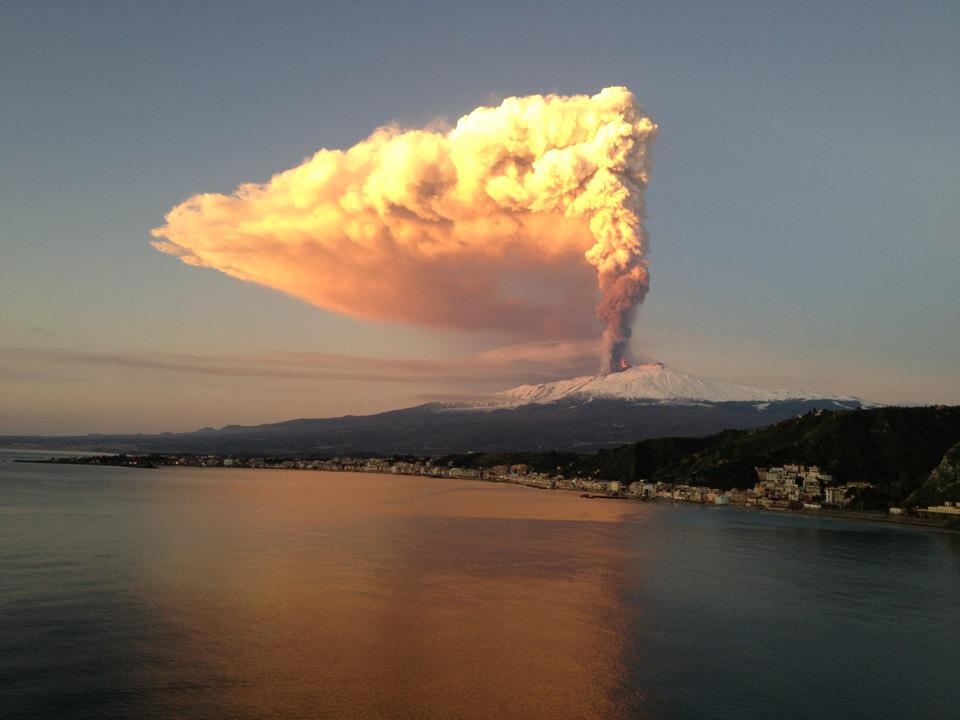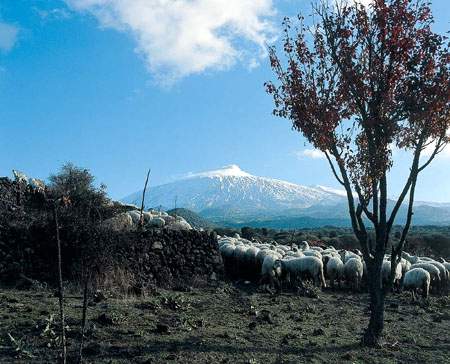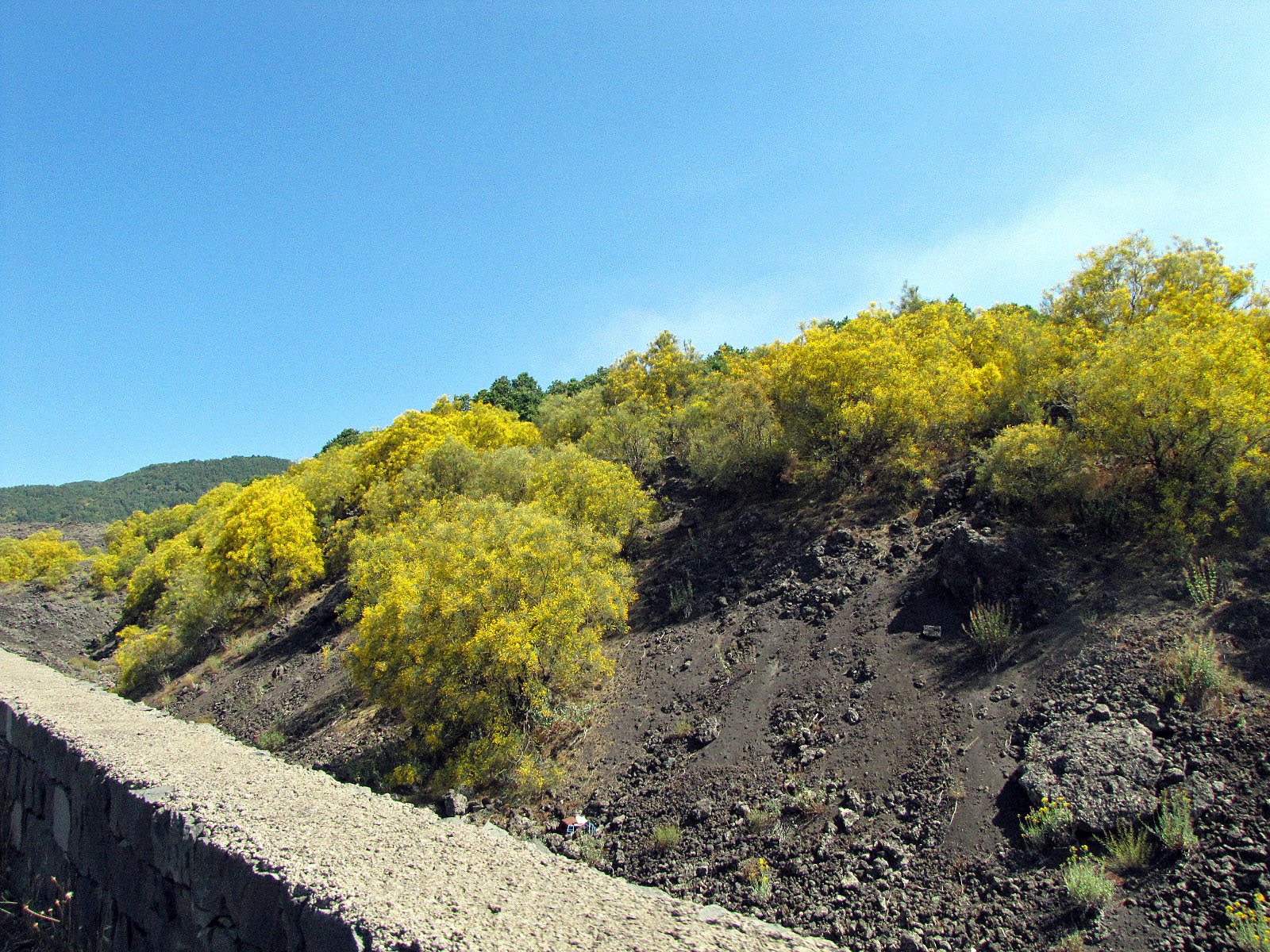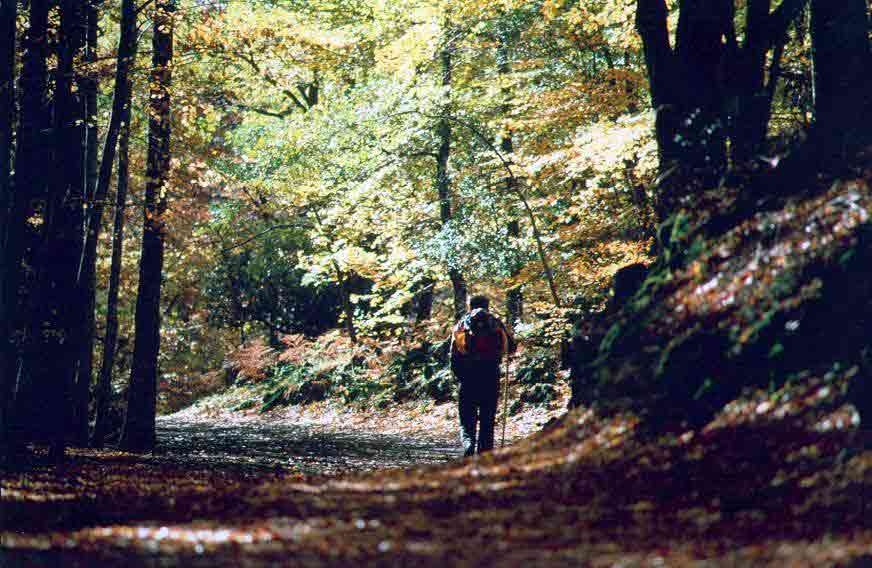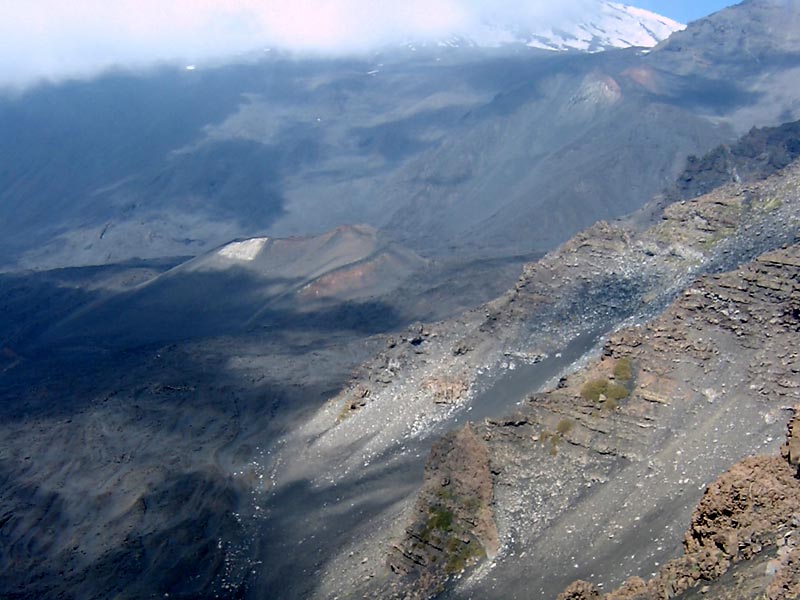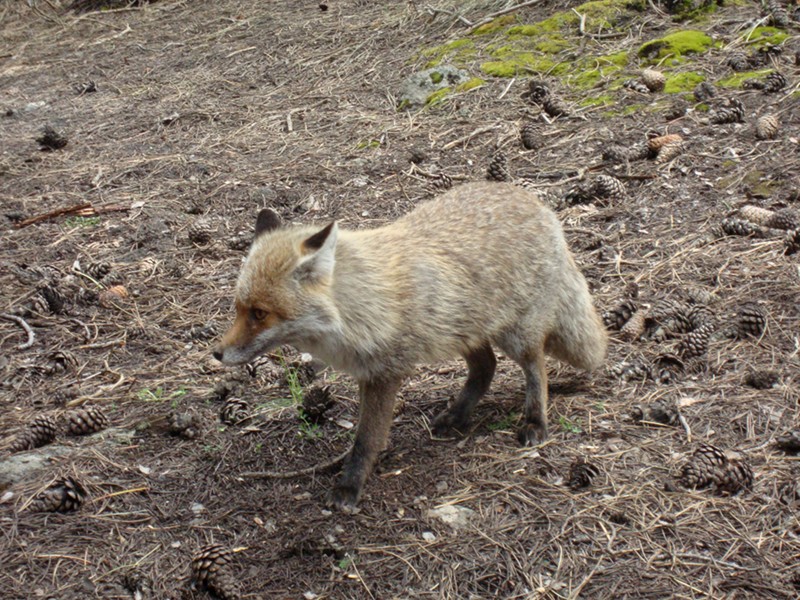
Mount Etna Regional Park
This post is also available in:
 Italiano (Italian)
Italiano (Italian)
Established in 1987, the Etna Regional Park covers about 146.000 acres thousand hectares and includes 20 municipalities lying on the sides of the mountain. It can be reached by train (Circumetnea Railway), and it is divided into four different protection areas: zone A (the “integral reserve”), where nature is safeguarded as much as possible; zone B, which integrates some economic activities (featuring peasant houses with small agricultural plots); areas C and D, which benefit from “controlled development protection”, merging economic exploitation with thorough respect for the environment and the landscape.
The territory is crisscrossed by a thick network of naturalistic, scientific and cultural paths. Its volcanic origin has given rise to a well-characterized and particular plant microcosm. The most exciting excursion is undoubtedly the ascent to the craters on the top of the volcano, going through woods, evocative valleys and, finally, the lunar landscape that reaches the height of 9.842 with the whole of Sicily below.
Flora and fauna
Thanks to the very fertile soil, Mount Etna has a very rich and variegated flora. On the slopes of the volcano, at lower altitudes, there are citrus, olive, almond, hazelnut and pistachio groves, eventually replaced by holm oak woods (Quercus ilex), Italian maples (Acer obtusatum), chestnuts (Castanea sativa), and ashes (Fraxinus ornus) – including some impressive specimens, like the “Chestnut of the Hundred Horses”, between 3,600 and 4,000 years old and 72-ft tall, a 62-ft tall chestnut trees in Taverna (Mascali), and a 65.6-ft tall holm oak in Carlino (Zafferana Etnea).
At some 6.561 ft above sea level, there are some wonderful beech forests (Fagus sylvatica) which reach their southern distribution limit right there; there are also endemic birches (Betulla aetnensis), relics of ancient glaciations, Bosnian pines (Pinus heldreichii var. Leucodermis), and Austrian pines (Pinus nigra laricio), the only ones in Sicily. Vast expanses of Etna broom (Genista aetnensis), create a striking contrast with their bright yellow shades against the black volcanic ash.
Over 7.217 ft, there are small shrubs which look like bushes, featuring the endemic Sicilian milkvetch (Astragalus siculus), and wild sweet William (Saponaria sicula).
At about 7.874 ft of altitude, grow many rare species, including some endemic ones, such as Saponaria sicula, Sicilian milkvetch (Astragalus siculus), Tanacetum siculum, snow-in-summer (Cerastium tomentous), Oxford ragwort (Senecio squalidus), endemic chamomile (Anthemis aetnensis), Mount Aetna bedstraw (Galium aetnicum), and French sorrel (Rumex scutatus).
Above 7.874 ft, the summit of the volcano is devoid of vegetation due to the never-ending eruptions.
Worth visiting::
“Grotta del Gelo” – a lava flow cave, whose internal temperature never exceeds 21.2° F, thus featuring perennial ice.
Worth tasting::
Bronte pistachios, Maletto strawberries, and Nerello, Etna D.O.C. wine.
This post is also available in:
 Italiano (Italian)
Italiano (Italian)
Contatti
Via del Convento 45 - Nicolosi(CT)
095 821111
parcoetna@pec.it
Altre info
Considerata l'estensione del Parco e i numerosi accessi, data la molteplicità d’itinerari e sentieri, è consigliabile rivolgersi direttamente all'Ente Parco anche per ottenere una guida, indispensabile per alcune escursioni.
